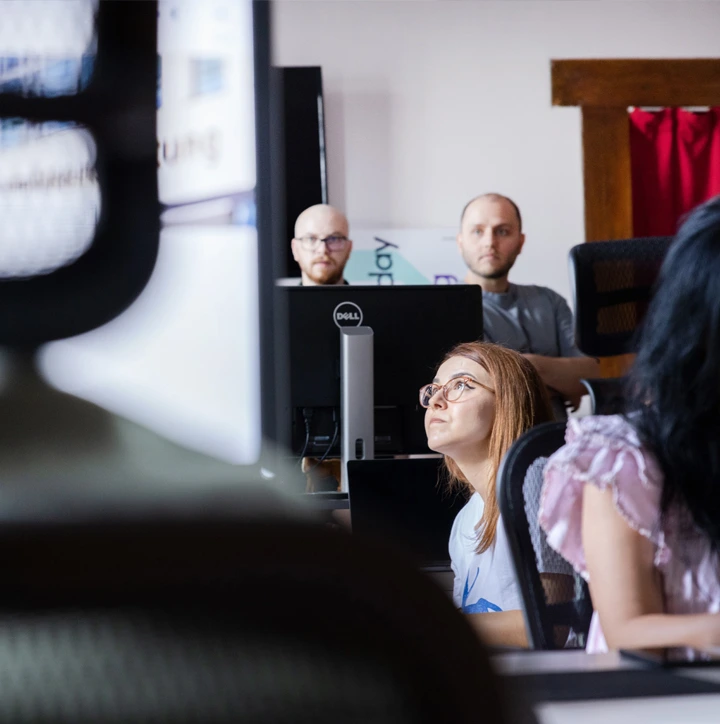On the outside, an employer brand that is perceived as strong feels like a candidate magnet. But what happens once the status changes to “employee”, and how do you keep that strength internally? There are two critical parts of the employee journey that organizations still fail to master – onboarding & offboarding.
Research by Gallup mentions that only 12% of employees say their organizations have a proper onboarding process in place, and 33% would leave their job following a negative experience. Inevitably, these experiences impact a company’s employer brand – both externally and internally.
Statistics aside, a universal methodology for setting up the perfect onboarding framework doesn’t exist. However, there are best practices that managers can leverage to develop a memorable employee journey. The first step is to acknowledge that onboarding must be in harmony with the organizational culture, philosophy, expectations, demands, and values. Otherwise, new hires will feel tricked, and it shouldn’t surprise you to see them quit after 3 months.

Onboarding made-to-measure: what you see is what you get!
Following the events happening in the job market in the last two years, it’s safe to say that employees have learned their lesson. The biggest one – what they see is NOT what they get. An attractive employer brand that looks amazing on the outside doesn’t necessarily translate to an attractive culture on the inside.
As a result, we’ve associated employee onboarding with a “3-month honeymoon period” between a new employee and the organization. In the absence of hands-on insights, we went to the source and interviewed Paula Cristea, People Manager at Thinslices, to learn more about what happens in these 3 months.
“At Thinslices, we have a documented onboarding process aimed at several key interaction points. We’ve divided our process into three components: pre-onboarding, onboarding, and offboarding.”
Paula Cristea, People Manager at Thinslices
During our discussion, we learned that pre-onboarding is a critical stage in the employee journey at Thinslices because it aims to build a genuine connection between current employees & company vibe, and the new entry. As Paula mentions, “It’s more like a friendly meeting where we try to create a safe and comfortable work environment. Whether online or offline, pre-onboarding is about getting to know the human behind the skills.”
Customization, the secret to developing a successful onboarding experience
Successful employee onboarding is dynamic, and it’s time to accept that one-size-fits-all methodologies won’t help with retention in the long term. According to recent research, a top priority companies have for this year is to retain current people and focus on strengthening internal employer branding initiatives, rather than recruitment. To do that successfully, onboarding needs to be customized per role, or at the very least, role cluster.
One of the best strategies to customize onboarding without wasting time and resources is to leverage tools and systems capable of defining and documenting repetitive tasks. Hubspot, for example, has proven its capabilities in helping HR and people managers tailor the experience of new employees. The end result of using such tools ranges from improved time-to-productivity and better engagement to easy tracking of employee satisfaction levels at work. Additional tools worth checking out are Monday.com, Numans, and BambooHR.
To get a better understanding of how personalized onboarding is done at Thinslices, Paula shared with us some insights on how new employees are onboarded.
“After pre-onboarding day, a new colleague receives an onboarding booklet that includes details on our background, values, learning opportunities, benefits, tools, and next steps. What makes our approach different is our ‘coffee buddy’ concept. Every new employee has the chance to speak with a Thinslices veteran to help make the transition into the new role easier and more efficient. Usually, it’s a 40-minute social conversation over a cup of coffee.”
Paula Cristea, People Manager at Thinslices
Onboarding is an iterative process that constantly changes
Amid a competitive job market, organizations are forced to adapt to the changing needs of the candidates. Nothing can guarantee that a new hire won’t leave after the 3-month honeymoon period, but at least an efficient onboarding process helps trim down confusion. Having the right tools properly set up and the right people to turn to when challenges emerge is critical to being productive and gaining a sense of purpose at work.
“We’re constantly improving our onboarding workflow and with every iteration of our current process, we realize there’s room for upgrades. The better we know who does what, the greater chances we have of creating synergy at the organizational level. From start to end, enrolling a new hire lasts 1 week. After that, they have complete autonomy to do their job. To track engagement and collect feedback, we use monthly satisfaction surveys, and once the trial period is over, we extend to quarterly surveys.”
Paula Cristea, People Manager at Thinslices
When it’s time to part ways, don’t take it personally
Believe it or not, 71% of organizations don’t have an official offboarding process in place, although 87% of HR professionals believe that it matters just as much as onboarding. What organizations still fail to understand is that if it’s not meant to be, it’s not meant to be NOW. One can’t predict the future, and it’s time to stop taking things personally in a business context.
“We try to make offboarding as human as possible and we don’t take things personally. Someone’s reasons for leaving us are their own, but we invite them to tell us what we could have done differently. After being notified of the final decision, we schedule a meeting to take on all legal aspects and we notify all interested parties. Last, but not least, we schedule a friendly exit interview.”
Paula Cristea, People Manager at Thinslices
There’s nothing more damaging to a company’s employer brand than an angry former employee with an internet connection. Why risk your reputation when you can allocate half an hour to collect valuable feedback? Working with people is challenging, but without a proper offboarding strategy to help you understand what went wrong, there’s no way of improvement.
Closing thoughts
Why spend between $63,000 and $140,000 to backfill a role when you can save resources with an efficient onboarding process? The worst thing that can happen to a new hire after being dragged through the recruiting process is entering the first day of work with no clue of where to begin; or having to wait in the company lobby for hours before someone comes to pick them up.
Research points out that 88% of new employees who went through a satisfying onboarding experience feel engaged during the first work month. In conclusion, the first step in creating an efficient onboarding experience is to acknowledge its importance, and be open to constantly learn, adapt and innovate existing practices.






